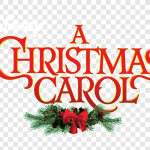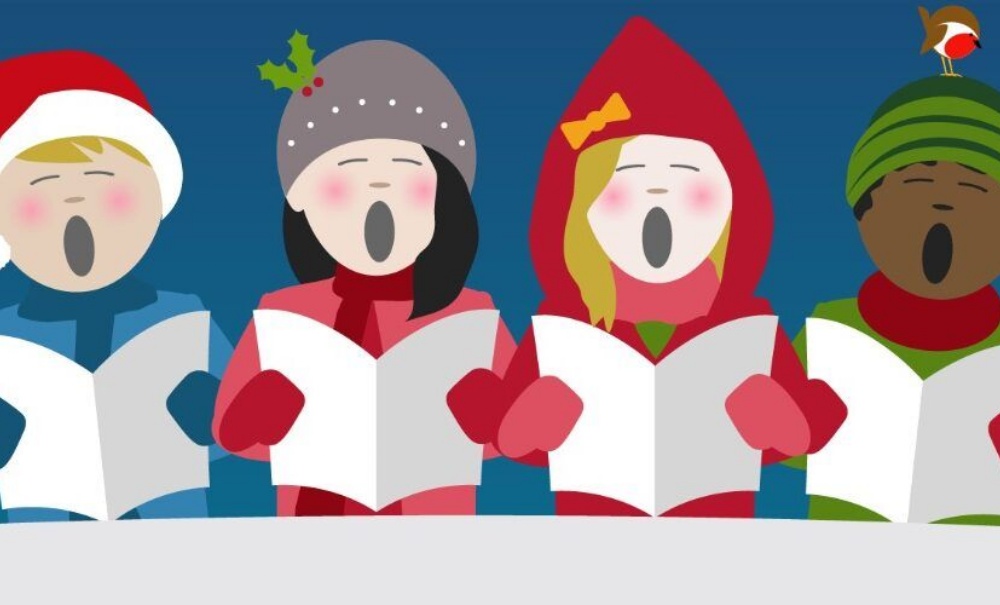Christmas carols are an essential part of holiday traditions worldwide. Songs like "Silent Night" and "Jingle Bells" instantly evoke the festive spirit, but there’s a hidden world of lesser-known carols with rich histories and surprising origins. These songs, though less widely celebrated, have helped shape the soundscape of Christmas over the centuries. Unveiling their unique stories offers an intriguing look at how holiday music has evolved across different cultures and eras.
One such lesser-known carol is “The Friendly Beasts,” a medieval French tune that traces its roots to the 12th century. The song tells the story of the animals present at the birth of Jesus, each one offering a gift. From the donkey to the dove, the animals share their contributions to the infant Christ. While the song may not be as popular in mainstream holiday music, its simple and heartwarming theme of giving endures. Originally sung in French, the English version became known during the Victorian era and has been covered by various artists, including Burl Ives.
Another hidden gem is “I Saw Three Ships,” a traditional English carol that dates back to the 17th century. The carol’s lyrics tell of three ships sailing into Bethlehem, though the image of ships arriving in the desert-bound town is clearly symbolic. The song likely references the relics of the Three Wise Men, which were said to have been transported to the Cologne Cathedral in Germany by boat. Despite its quirky premise, the carol has survived for centuries, thanks to its infectious melody and lively tempo. "I Saw Three Ships" remains a seasonal favorite in parts of England, particularly in Cornwall.
In Scandinavia, a lesser-known carol called “Nu Tändas Tusen Juleljus” (Now a Thousand Christmas Lights Are Lit) resonates with Swedish and Norwegian listeners. Written in 1898 by Emmy Köhler, this serene and peaceful carol speaks of light and hope during the darkest time of the year. Although it is rarely heard outside the Nordic countries, it holds deep cultural significance during Christmas in Sweden, where candles are an important symbol of the season. The song’s quiet beauty reflects the Scandinavian affinity for creating warmth and light amidst the cold winter nights. more info visit the official website : www.christmascarolthegift.org
Venturing into the world of American folk music, “The Cherry Tree Carol” offers another intriguing example of a Christmas song with ancient origins. This traditional Appalachian carol, which made its way to America from England, tells the story of Mary and Joseph’s journey to Bethlehem. In the carol, a miraculous event occurs when a cherry tree bows down to provide fruit for the expectant Mary. Its religious symbolism and enchanting narrative have kept it alive in Appalachian communities, though it’s far less known outside of these circles.
While these carols may not enjoy the same global recognition as "O Holy Night" or "Deck the Halls," their stories offer a deeper connection to the past. They reveal the rich diversity of Christmas traditions and the way music has been used to convey both sacred and cultural values over time. As much as Christmas is about family gatherings and celebrations, it’s also about storytelling, and these lesser-known carols are windows into how different people and places have celebrated the holiday throughout history.
Looking beyond Europe and North America, there are also unique Christmas songs rooted in other cultures. “Riu, Riu, Chiu,” for example, is a traditional Spanish carol from the Renaissance period. This lively villancico features a catchy refrain and a joyful message celebrating the birth of Jesus. Its rhythmic, upbeat melody sets it apart from more solemn carols, reflecting the festive and communal nature of Christmas celebrations in Spain. Though it may not be as widely performed today, “Riu, Riu, Chiu” remains a favorite for lovers of early music.
Similarly, “Es ist ein Ros entsprungen” (Lo, How a Rose E’er Blooming), a German carol from the late 16th century, captures the mystical beauty of Christmas in a solemn and reflective tone. This carol, steeped in religious imagery, speaks of the Virgin Mary as a rose blooming in the winter, symbolizing hope and the coming of Christ. It remains popular in German-speaking countries, though it has found an audience among classical music enthusiasts around the world.
These lesser-known Christmas carols, each with their own distinct history and cultural context, remind us that holiday music is more than just a background to festive activities. It carries the weight of centuries of tradition, embodying the hopes, beliefs, and values of those who came before us. From medieval France to Appalachian America, these songs reflect the universal themes of generosity, faith, and joy that resonate with people across generations and geographies.
As you prepare your holiday playlists this year, consider adding some of these hidden carols to your rotation. You may discover that these lesser-known melodies bring a fresh, yet timeless, dimension to your celebrations. After all, the joy of Christmas music lies not only in the familiar but also in the unexpected, and these carols offer just that—unexpected treasures from the heart of history.






Comments